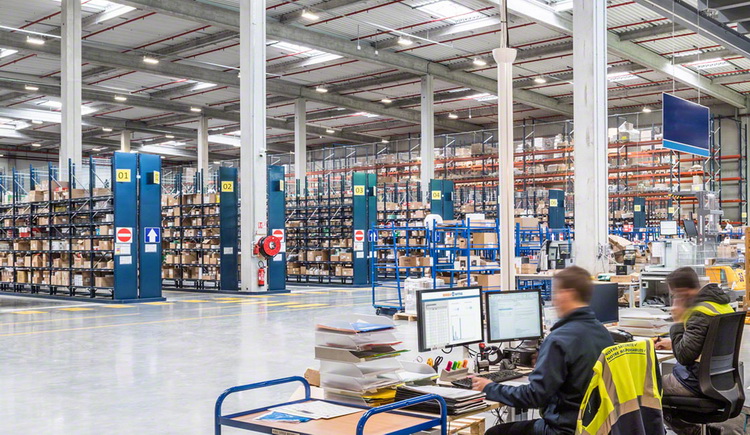Usually, a logistics chain is a combination of business processes that are performed to satisfy the demand for the products or services. The representatives of the functional approach define a logistics chain as a combination of functions that are performed inside and outside the company. It aims to provide customers with products and services. Some specialists can use the term ‘logistics system’.
The logistics chain describes the way of goods. For example, the supply chain of milk is the following – milk is taken from the farm, it is delivered to the plant for its processing, then it is delivered to the enterprises for its spill, and then it is delivered to the wholesaler. In the end, the customer buys it and brings it home.
Peculiarities of the logistics chain
Every item has its logistics chain that is different from other products. Sometimes the same products have different origin places. So their logistics chains are also different. Thus, the supply chain for the same types of vegetables that are grown inside the country and in other countries will be different. Foreign goods have longer chains. Apart from gathering and processing, they need to be delivered to the customer. Sometimes it takes too much time. Also, the import products have more wholesalers in the chain.
The logistics chain for the fruit that is grown in the same region where they will be sold is rather simple. A special package for long transportation is not required. In this case, there is no necessity for small wholesalers. The representatives of the retail networks go to the warehouses and buy the goods they need.
Such examples are simplified enough, but the difference is clear. In both cases the following key elements are used:
- A transportation company that delivers expedited freight from one element of the system to another;
- Warehouses that are specialized in storing goods;
- Mediators supply goods from the producers to consumers.
Only their amount and time of delivery are different. But regardless of the number of elements in the supply chain, there is only one aim. The products must be delivered to the consumers. The whole logistics chain works to reach this aim.
Kinds of logistics chains
The difference is not only in the number of elements but also in the place where the chains are formed. Depending on the place of their creation, there are internal and external chains. The examples mentioned above refer to the second kind because various enterprises interact in their realization. If the lifecycle of the goods is within one company, such a logistics chain is called an internal one. Usually, it refers to the short operations like the supply of the details or elements among the workshops of one enterprise.
The roles of participants
It should be mentioned that the roles of suppliers and consumers are not constant. For example, today the company accepts the goods and becomes an accepting side. It completes its task and sends the goods further, becoming a supplier.
The term ‘logistics chain’ seems to be difficult. But it is rather easy to understand.

